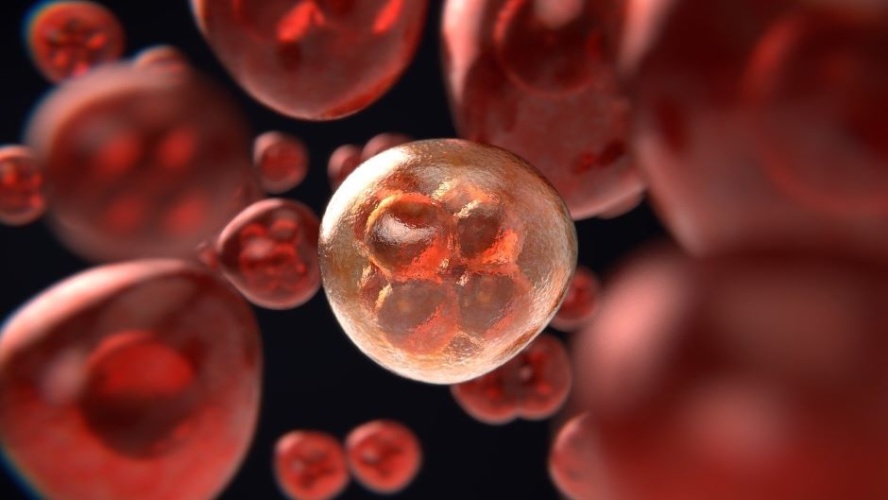
The odour-based test sniffs out vapours emanating from blood samples and was able to distinguish between benign and pancreatic and ovarian cancer cells, according to a new study from researchers at the University of Pennsylvania and Penn's Perelman School of Medicine.
Developed at Penn, the non-invasive tool uses artificial intelligence and machine learning to decipher the mixture of volatile organic compounds (VOCs) emitting off cells in blood plasma samples.
CLICK FOR MORE FROM MEDICAL & HEALTHCARE
The results will be presented at the annual American Society of Clinical Oncology meeting on June 4, 2021 by A. T. Charlie Johnson, PhD, the Rebecca W. Bushnell Professor of Physics and Astronomy in Penn's School of Arts & Sciences.
"It's an early study but the results are very promising," Johnson said in a statement. "The data shows we can identify these tumours at both advanced and the earliest stages, which is exciting. If developed appropriately for the clinical setting, this could potentially be a test that's done on a standard blood draw that may be part of your annual physical."
The Penn research team is currently working with VOC Health to commercialise the device, along with others, for research and clinical applications.
The electronic olfaction e-nose system is equipped with nanosensors calibrated to detect the composition of VOCs, which all cells emanate. Previous studies from the researchers demonstrated that VOCs released from tissue and plasma from ovarian cancer patients are distinct from those released from samples of patients with benign tumours.
Among 93 patients, including 20 patients with ovarian cancer, 20 with benign ovarian tumours and 20 age-matched controls with no cancer, as well as 13 patients with pancreatic cancer, 10 patients with benign pancreatic disease, and 10 controls, the vapour sensors discriminated the VOCs from ovarian cancer with 95 percent accuracy and pancreatic cancer with 90 percent accuracy. The tool also correctly identified all patients (a total of eight) with early-stage cancers.
The technology's pattern recognition approach is similar to the way people's own sense of smell works, where a distinct mixture of compounds tells the brain what it's smelling. The tool was trained and tested to identify the VOC patterns more associated with cancer cells and those associated with cells from healthy blood samples in 20 minutes or less.




Glasgow trial explores AR cues for autonomous road safety
They've ploughed into a few vulnerable road users in the past. Making that less likely will make it spectacularly easy to stop the traffic for...